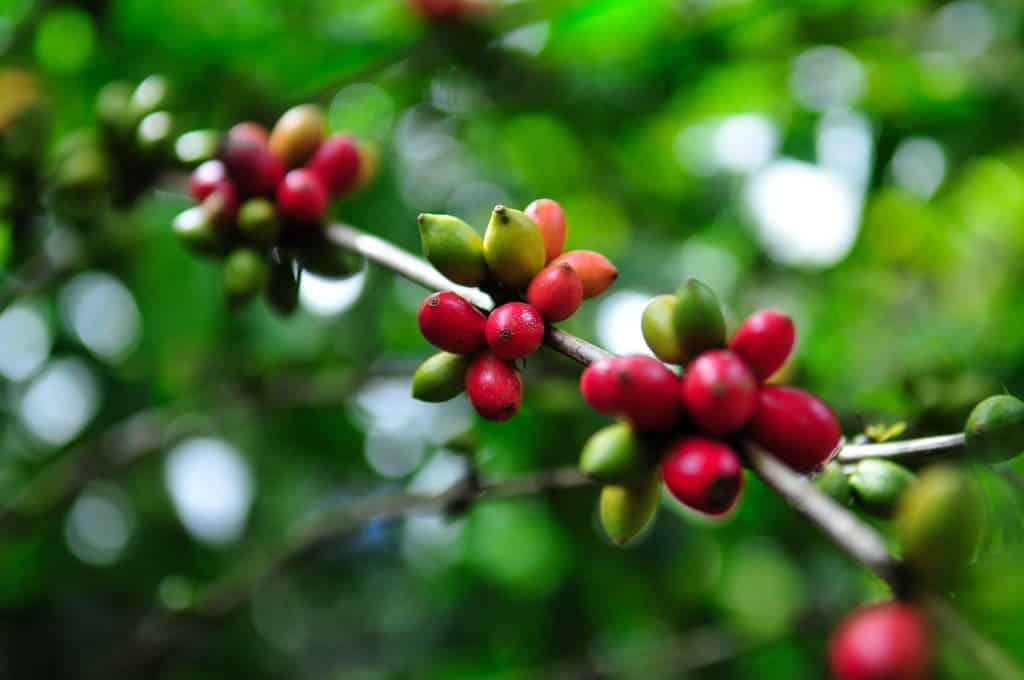Just like it’s affecting other sectors of agriculture, climate change is starting to pose problems to coffee production. Colombia, the third-largest coffee producer in the world, is going through some serious trouble keeping up production, a new study showed.

Coffee is one of the biggest crops in Colombia. Up to 550,000 families depend directly on coffee production for their livelihoods and many more depend on it indirectly. Due to changing climate conditions, there have been increasing concerns about the future quantity and quality of the coffee yield in Colombia in the decades to come. A new study shows that people are right to be concerned.
Coffee is very sensitive to unpredictable weather. Studies estimated that a 2ºC increase in temperature would lead to losses in productivity of up to 34% for Mexico and 20% for Brazil, respectively. When it comes to Colombia, the findings forecasted a 4–24% increase in yields in the scenario where temperatures increase not more than 2 ◦C. However, this is highly dependent on the region.
Previous studies have also shown that the mountain region, where coffee is grown in Colombia, is warming by 0.3 degrees Celsius (0.5 degrees Fahrenheit) per decade. Plus the number of hours of sunlight also has declined by 19% since the middle of the last century due to increasing cloud cover – with not enough sun to sustain a high level of production in some areas.
“The Andes Mountains cross Colombia from its southwest to the northeast corner. Colombian coffee is currently growing in areas with different altitude levels, and climate impacts will likely be very different for low altitude and high-altitude regions,” Sandy Dall’Erba, co-author of the new study and agricultural researcher, said in a statement.
Dall’Erba and a group of researchers looked at climate and coffee production for the entire territory of Colombia. They worked with a data set of 521 coffee-producing municipalities that continuously registered at least one hectare of Arabica coffee production from 2007 to 2013. This high level of detail allowed researchers to identify significant regional variations.
Working with climate models, the researchers anticipated weather conditions from 2042 to 2061 and future coffee production for each municipal area. They found that low-altitude municipalities will be negatively affected by climate change over the coming years – with thousands of families seeing their livelihood affected in consequence.
“Colombia is not going to experience reduced productivity overall. But when we look into the impact across municipalities, we see many differences that get lost in the national average. That has important implications for coffee growers who live in one municipality versus another,” lead-author Federico Ceballos-Sierra said in a statement.
At the national level, productivity of coffee production will increase 7.6% by 2061, the study showed. But the forecasts change when zooming in specific regions. High-altitude regions in Colombia (1,500 meters or 5,000 feet above sea level) are expected to have a 16% increase in productivity, while low-altitude regions would have an 8.1% decrease.
This means that a higher temperature because of climate change will affect the current prime coffee growing locations, turning them into areas too hot and dry for production, while benefiting areas that now are considered marginal for coffee production. Smallholder coffee growers will have to find ways to adapt, using strategies such as more frequency irrigation. Although the study focused on Colombia, many other coffee-growing areas likely face similar pressures.
“Our research presents what we anticipate will happen 20 to 40 years from now, given current conditions and practices. Future studies can look into different adaptation strategies and their costs, and evaluate which options are best. Beyond the 40-year horizon we focus on, the prospects might be grimmer without adaptation. Production cannot keep moving to higher levels,” Dall’Erba said in a statement.
The study was published in the journal Agricultural Systems.









